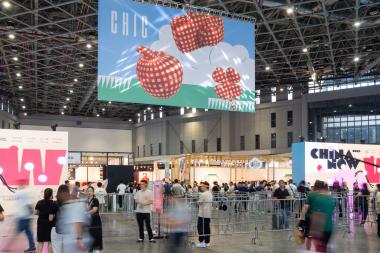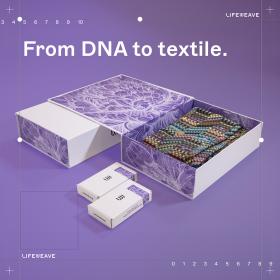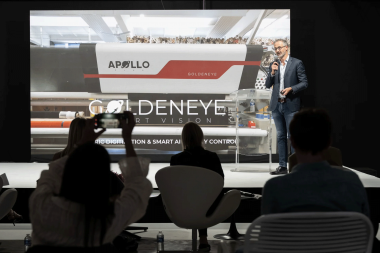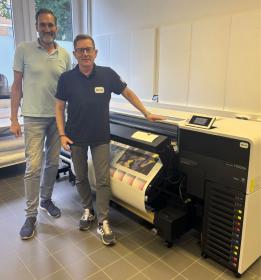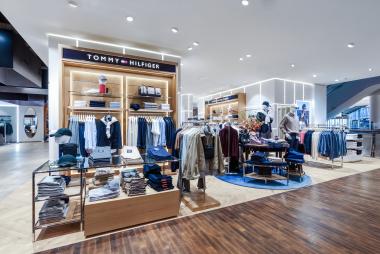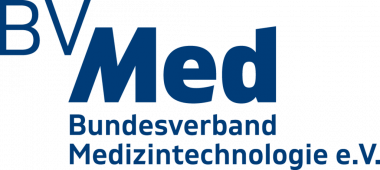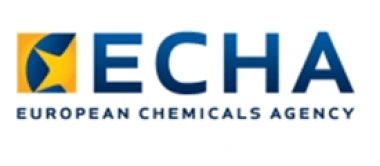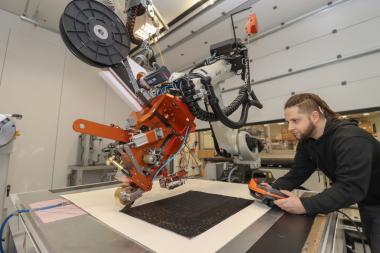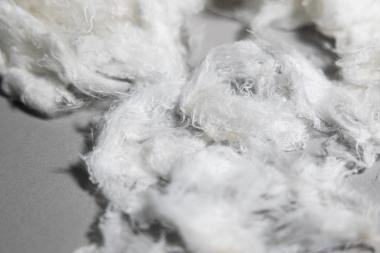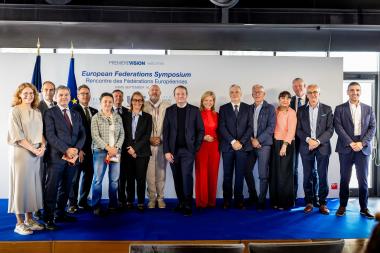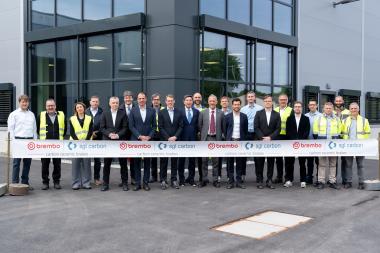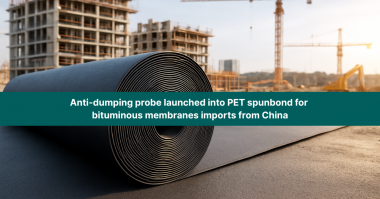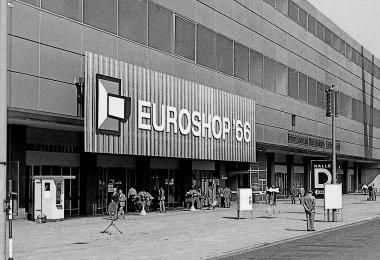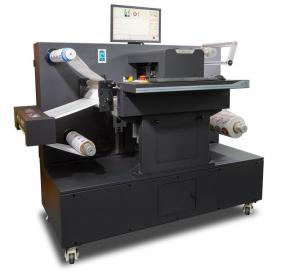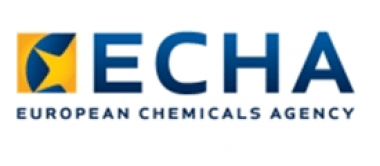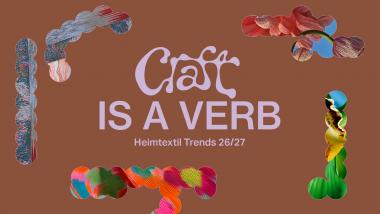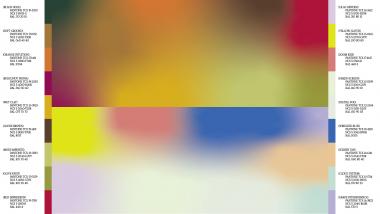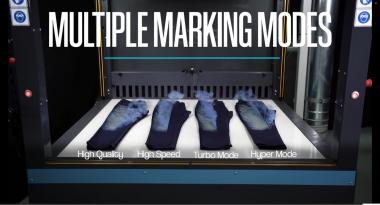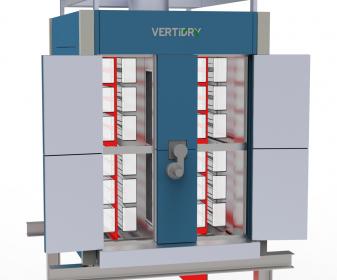Erfolgreicher Abschluss der China International Fashion Fair
Mit mehr als 650 Premium-Ausstellern und knapp 61.000 Fachbesuchern aus 83 Ländern und Regionen auf rund 60.000 Quadratmetern bestätigte die CHIC Herbst 2025 ihre Rolle als bedeutendste Modemesse Asiens. 58.891 Besucher kamen aus dem Inland und 2.086 internationale Fachbesucher, darunter 1.571 aus Asien, 239 aus Europa, 87 aus Afrika, 85 aus Nordamerika und 53 aus Ozeanien. Der strategische Fokus der CHIC – „New Intelligence, New Products, New Scenes“ – spiegelt den Wandel der chinesischen Bekleidungsindustrie wider und betont die zunehmende Bedeutung von Lieferketten, Technologie und Nachhaltigkeit.
Das Leitmotiv der Herbstausgabe – das „Autumn Picnic“ – verlieh der Messe eine besondere Note: In entspannter und einladender Atmosphäre verschmolzen Business, Kreativität und Lifestyle zu einem inspirierenden Erlebnis. Die Picknick-Metapher stand für Austausch, Gemeinschaft und Offenheit und hob den kommunikativen wie innovativen Geist der Messe hervor.
Die Herbstausgabe präsentierte das gesamte Spektrum der Branche: intelligente Fertigung, digitale Supply-Chain-Lösungen, Produktionsprozesse im Einklang mit ESG-Kriterien – ökologisch nachhaltig, sozial verantwortlich und transparent gemanagt – sowie über 100.000 Produktvarianten. Die Innovationen reichten von Outdoor- und Streetwear über Seide und Baumwolle bis hin zu avantgardistischen Designerkollektionen.
Die Messe stellte auch chinesische Designerlabels in den Fokus: Mehrere Marken, die bereits auf Plattformen wie der Pitti Uomo in Florenz präsentierten, zeigten ihre Kollektionen in Shanghai und unterstrichen damit, dass sich chinesisches Design fest auf der internationalen Bühne etabliert hat. Labels wie May D. Wang und andere Vertreter einer neuen kreativen Generation verbinden Handwerkskunst mit innovativen Konzepten und kultureller Identität. Mit ihrem doppelten Auftritt – in Florenz und Shanghai – verkörpern diese Marken die wachsende Vernetzung der globalen Modewelt und positionieren sich zugleich als wichtige Inspirationsquelle für den chinesischen Markt.
Weitere Highlights waren lifestyle-orientierte Bekleidung und Sportswear, die sich als klare Wachstumskategorien bei Marktführern wie Zhangzhen Jeans, Zhijin County Batik Embroidery und Muye Zhanfang herauskristallisierten. „Guo Feng“ (National Style), von jüngeren Generationen als Ausdruck kulturellen Selbstvertrauens und nationalen Stolzes angenommen, wurde prominent von Shang JiuKai, Jixiang Yijia, Yinyou und Guopu repräsentiert. Technologische Innovationen zogen große Aufmerksamkeit auf sich: smarte Produktionsausrüstung, 3D-Druck Sneaker und KI-Lösungsanbieter wie PSAI, ARGUS, CHAOJIHUI und FEILIU TECH zeigten die digitale Spitze der Branche. Denim-Spezialisten wie Ange, Muundim, Morning Grazing und Yizhuo unterstrichen die anhaltende Relevanz von Jeanswear, während führende Outdoor- und Sportanbieter wie Aovat, Engellya, Day After Day, Calemur und Vstarry die dynamische Entwicklung des Segments hervorhoben.
CHIC Worldwide – Marktpotential für internationale Brands
Chinas Modeindustrie entwickelt sich von einer Produktionsbasis zu einem Innovationsführer. Für internationale Marken ergeben sich daraus klare Chancen:
- Authentizität und Qualität bleiben entscheidend – „Made in Europe“ genießt weiterhin hohes Ansehen.
- Digitale Präsenz auf Tmall, JD.com, Douyin und Xiaohongshu ist unerlässlich.
- Agile Lieferketten und flexible Produktion sichern Wettbewerbsvorteile.
- Kulturelle Sensibilität und lokale Anpassung stärken die Markenakzeptanz.
Globaler Rahmen, Markttrends und Konsumverhalten
Auch die globalen Handelsbedingungen spielten bei der CHIC Herbst 2025 eine Rolle. Während US-Zölle weiterhin Herausforderungen darstellen, reagieren chinesische Unternehmen mit Kostenoptimierung, Digitalisierung, Effizienzsteigerungen und KI-getriebener Innovation. Viele bauen zudem strategisch Werke in Südostasien und Afrika auf, doch China bleibt das zentrale Produktionszentrum – mit unübertroffenen Stärken in großmaßstäblicher Individualfertigung, wie das Beispiel der Dayang Group im Maßkonfektionssektor zeigt.
Obwohl die Zahl internationaler Aussteller seit der Pandemie zurückgegangen ist, bleibt CHIC dem globalen Markt verpflichtet. In diesem September unterstrichen italienische Delegationen mit fünf Unternehmen und acht Marken erneut die Rolle der Messe als Brücke für europäische Firmen beim Eintritt in den chinesischen Markt. Besonders gefragt waren lifestyle-orientierte Mode und hochwertige Produkte, die die „Old-Money“-Ästhetik widerspiegeln. Das Feedback der internationalen Aussteller fiel einhellig positiv aus. Fabio Sopranzetti, CEO von Franco Giazzi Srl (Italien): „Wir sind mit der Herbstausgabe sehr zufrieden und werden bei der CHIC Spring 2026 wieder dabei sein.“ Raffaele Vedani, CEO von Cinzia Caldi (Italien), betonte: „CHIC ist die professionellste Modemesse in China. Die Services des Veranstalters waren exzellent.“ Für Mauro Lore, CEO von Blanca Luz (Italien), war es die erste Teilnahme an der CHIC – „ein großer Erfolg“, sagte er und fügte hinzu, dass er im nächsten Jahr auf jeden Fall wiederkommen werde. Catia Saetti, CEO von Karma (Italien), hob den starken Eindruck dieser Ausgabe hervor, während Carlo Secca von Confezioni Pango SpA (Italien) erklärte: „Wir sind mit CHIC 2025 Autumn sehr zufrieden und freuen uns auf noch mehr Ergebnisse.“ Aus Deutschland nahm Tina Ayasse, CEO der Studio Ayasse GmbH, zum dritten Mal teil und profitierte erneut von wertvollen Geschäftskontakten; sie konnte sogar einen lokalen Agenten gewinnen – ein Beleg dafür, dass die Messe „wirklich Ergebnisse liefert“.
Nachhaltigkeit als weiterer Schwerpunkt
2025 richtete in der Nordhalle eine eigene Sustainable Innovation Zone ein und veranstaltete die Circular Stewardship Fashion Conference 2025.
Das Programm brachte Expertinnen, Experten und Unternehmen aus China und dem Ausland zusammen – darunter die National Development and Reform Commission, die Delegation der Europäischen Union, die Chinese Academy of Engineering, UNEP, die Lenzing Group, Decathlon und Nike. Diskutiert wurde, wie eine geschlossene industrielle Wertschöpfungskette für Textilien aufgebaut, zentrale ESG-Herausforderungen gelöst und Best Practices führender globaler Beispiele – etwa die EU-Regulierungsrahmen und Chinas lokalisierte Kreislaufwirtschaftsmodelle – ausgetauscht werden können. Kernthemen waren Materialinnovation, Veränderungen im Konsumverhalten und CO₂-Bilanzierung.
JANDALI MODE.MEDIEN.MESSEN


